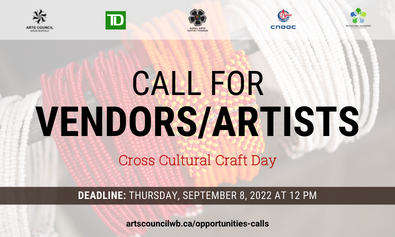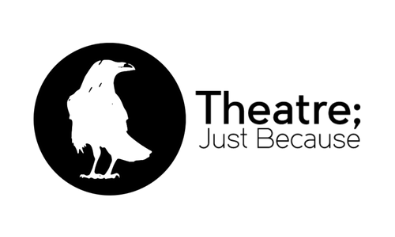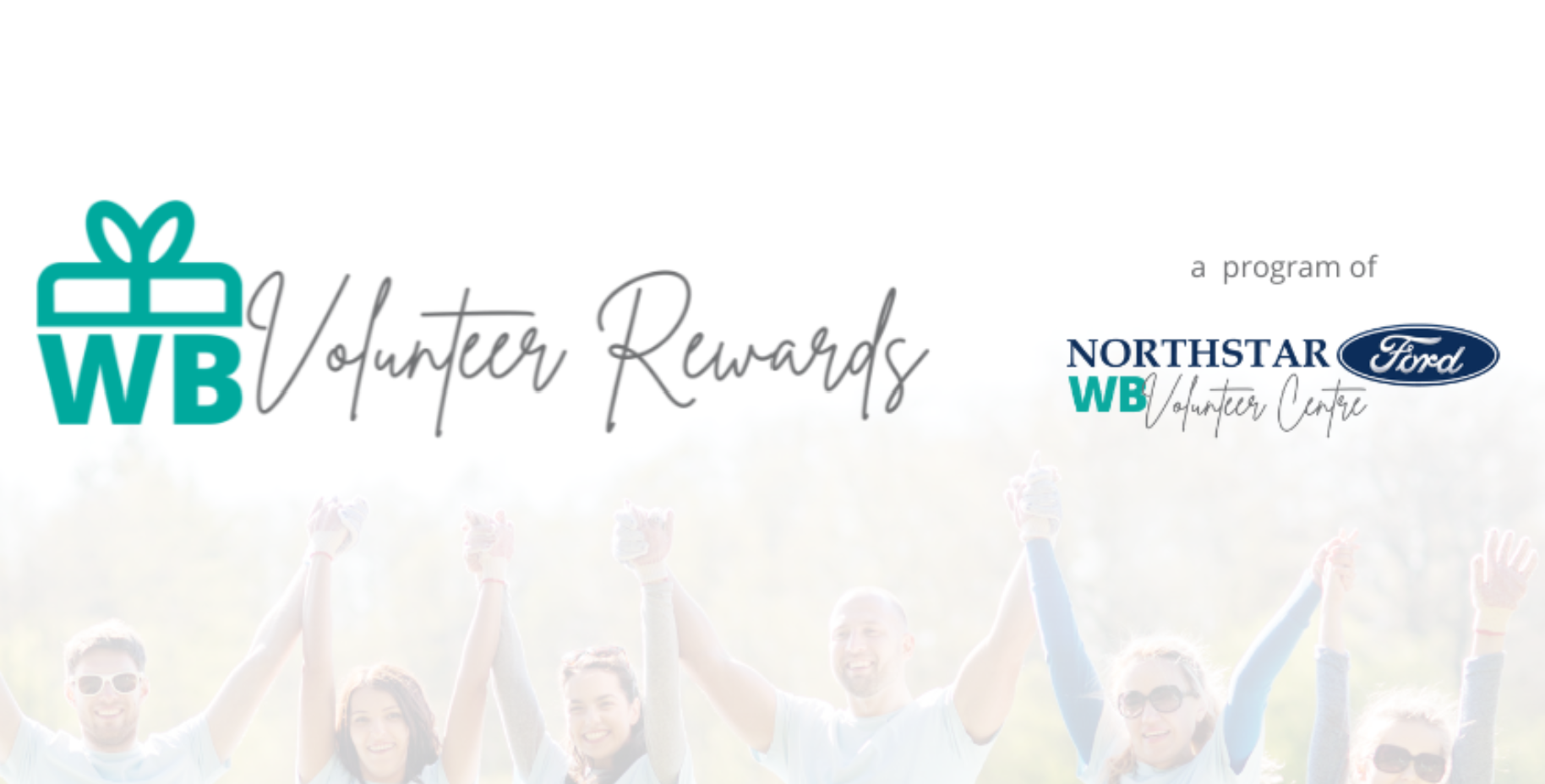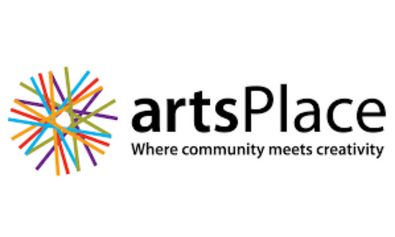This grant provides funding to eligible organizations to nurture inclusive citizenship and promote pluralism through artistic projects that recognize, respect, and value difference in and through the arts. Learn more about the AFA and pluralism and find pluralism resources.
APPLICATION DEADLINE: December 1, 2022
Who can apply
To be eligible for funding, applicants must be one of the following:
- Not-for-profit organization, registered and operating in Alberta for at least one year, and in good standing under the appropriate legislation
- First Nation or Metis Settlement in Alberta
- Foundation established and regulated under Alberta’s Regional Health Authorities Act
- University, college, or institute as recognized under Alberta’s Post-Secondary Learning Act
Eligible organizations must also:
- Have at least 50% of the organization’s board members living in Alberta.
- Deliver public arts and cultural programming in one or more of the following areas:
- Self-created and self-produced work for public presentation in any arts discipline
- Artist support, development, and training
- Artistic presentation and public participation in any arts discipline that is open and available to the general public
- Indigenous arts, culturally diverse arts programming, and arts programming that supports traditionally underserved communities
- Demonstrate adherence to good governance principles, efficient administration practices and commitment to fiscal responsibility.
- Demonstrate financial stability, in the judgment of the AFA, for at least one year prior to application.
Partnership projects
Two or more organizations that satisfy the eligibility criteria may apply to collaborate on a project. Multiple applications from separate organizations for aspects of the same project will not be accepted. Projects involving multiple partners must be consolidated and submitted by one lead organization.
Applicants are encouraged to consider projects between different partners (e.g. urban and rural, established arts organizations with new or emerging organizations, arts organizations with health, social services, immigrant settlement services, or Indigenous communities.)
Partnership projects must demonstrate that:
- Control and responsibilities in the partnership are shared equally amongst all partners
- Knowledge and practices will be shared and exchanged for the benefit of all project partners
- The partnership results in activity that is beyond the normal programming of partnering organizations
- The project could not be otherwise completed without the existence of the partnership
What does this grant support
Activities that accommodate and encourage diversity in the arts through projects that promote:
- equity, diversity, inclusion, and accessibility of artists, arts administrators, and audiences
- innovative artists practises that blend artistic practises and disciplines in novel ways
- innovative artistic practises that bring together artists from different backgrounds
Activities that foster trust, dialogue, curiosity, and sense of belonging through the arts by projects that promote novel artistic conceptualization, creation, and curation. This includes projects that:
- promote dialogue among different audiences about their differences
- promote trust, sense of belonging, and empathy among their audiences
- promote innovation and create new public value by bridging the arts with other sectors and industries
Examples include, but are not limited to, projects that:
- Identify and address inequities in the arts sector in terms of access, participation and outcomes
- Identify and address historical barriers or disadvantages, forms of diversity and differences such as marginalized communities, identities, abilities, gender, race, ethnicity and socio-economic status
- Foster the artistic practices and development of Deaf and disability arts in Alberta, recognizing the diversity of identities and artistic practices within communities.
- Include diversity and inclusion practices to build audience development, retention, and accessibility.
- Provide innovative approaches that bring together artists and communities from different backgrounds
- Create new public value by bridging the arts with other sectors and industries in novel ways
- Support staff and board diversity training with a focus on artists and audiences of racial, ethnic, disability, Indigenous or other historically underserved communities
















